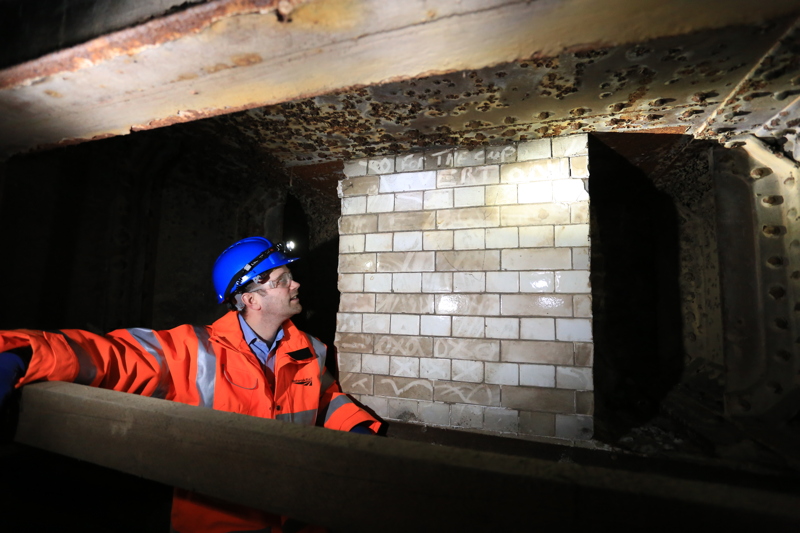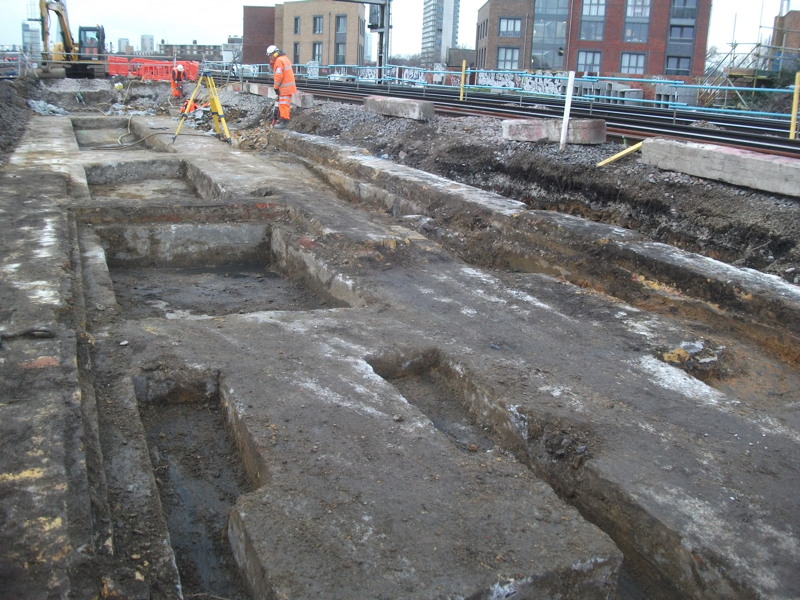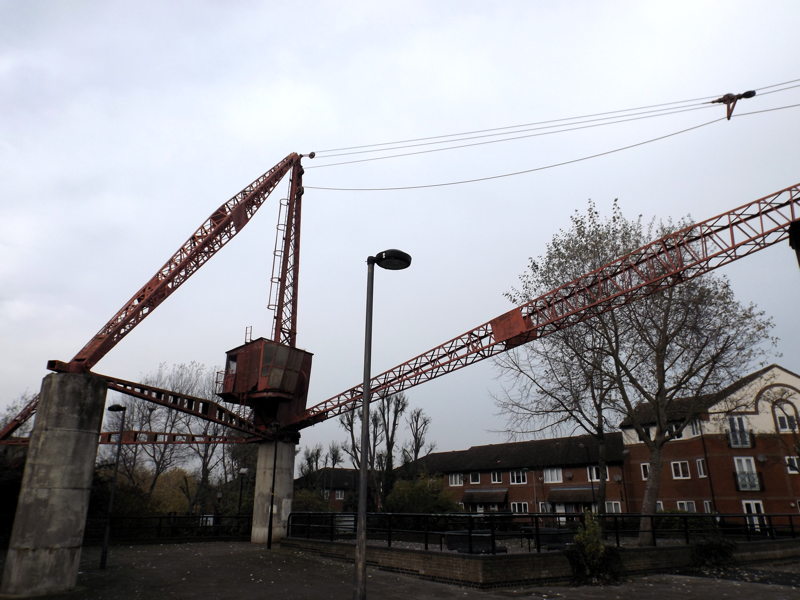Next Tuesday (28 April) is decision day for the future of The Clipper pub on Rotherhithe Street.
Councillors are likely to approve plans to knock down the 1934 pub and replace it with a four-storey block of flats.
Objectors to the proposal include the South East London Branch of the Campaign for Real Ale (CAMRA) who say:
We strongly oppose the above application as many pubs have already been lost in the area. In fact, according to our records only fifteen now remain open out of forty three that we have listed for Rotherhithe. Four of these closures including the Clipper have been in the last four years.
The applicant claims that because there are other pubs nearby, including the Ship York, the Orange Bull, and the Blacksmiths Arms, the loss of the Clipper will not adversely affect community facilities in the area. Yet, the Ship York has already closed (November 2014) and the Orange Bull is subject to a planning application to demolish it. The applicant’s argument, therefore, holds little weight, and, in fact, the loss of Ship York and the threat to the Orange Bull makes it all the more important that the Council recognises the importance of retaining the Clipper.
This catastrophic loss of both community facilities and heritage buildings has been recognised Nationally in paragraph 70 of the National Planning Policy Framework (NPPF), regionally in the Mayor of London’s draft London Plan paragraph 4.48A and now locally in Policy DM27 of the draft New Southwark Plan.
The CAMRA letter continues:
It is time to say no to further pub closures in this area to ensure that facilities are protected for both current and future residents . The Clipper is a purpose built public house from the interwar period which adds both variety and interest to the streetscape and while not listed could still reasonable be considered to be a non-designated heritage asset. We feel that its closure and demolition would go against current planning policies as it results in both the loss of a valued community facility and heritage asset.
However, in their report to councillors, Southwark planning officers say:
In the view of Officers, there is little evidence that this public house has recently served as a valued community facility. Whilst several letters have been received from local residents, very few of these object in principle to the loss of the public house itself. CAMRA have objected to its loss but there is no evidence provided with its objection that the public house has served as a valued facility in this case. There have been no attempts to secure the premises as an Asset of Community Value. Coupled with these factors, an existing public house (the Blacksmith Arms) is conveniently located very close to the site providing a similar use for the community. Whilst needing to guard against the loss of public houses where it is clear they offer a valued facility, this does not appear to be the case in this instance. The replacement retail class facility will also provide an, albeit different, local service for the surrounding area. Taking all these factors into consideration, it is concluded on this issue, that the loss of the public house will not result in any significant harm to the overall provision of local facilities and services in this area.
There’s more on the history of The Clipper on Andie Byrnes’s blog.
The final decision will be made by Southwark’s planning sub-committee B on Tuesday 28 April at 7pm at 160 Tooley Street SE1.





